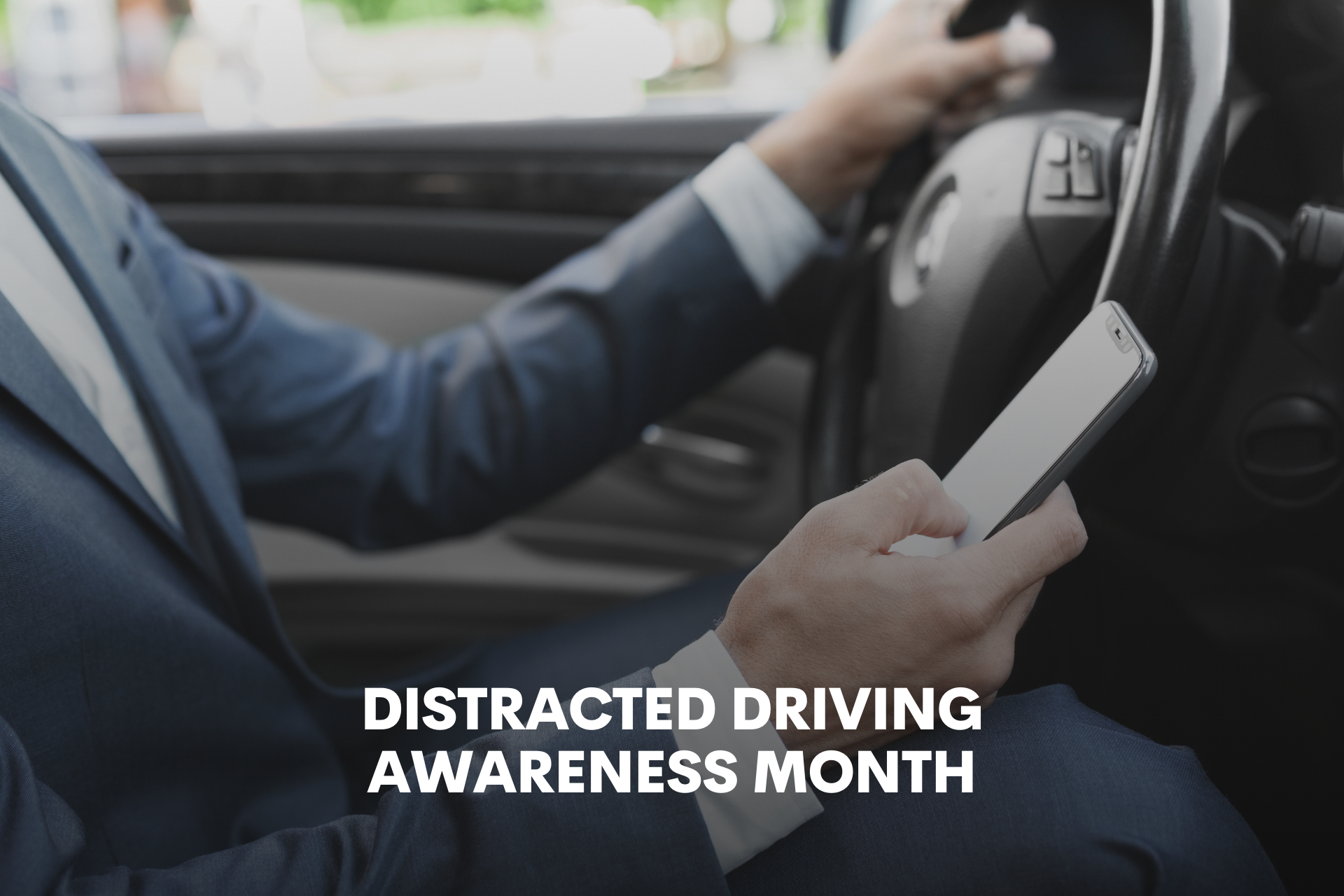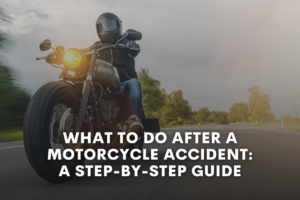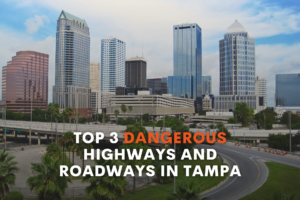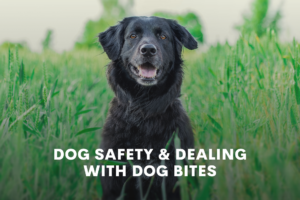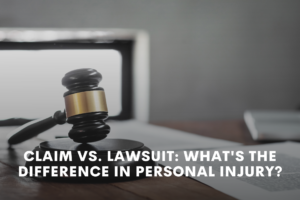According to the NHTSA, texting is now considered the most dangerous type of distracted driving. Texting distracts and ultimately delays response time if an accident were to occur. As technology continues to become a part of our daily lives, it’s important to understand the risks connected to texting and driving. The fact is, without bringing awareness to all drivers, every driver will be at risk of being involved in a distracted driving crash as soon as they are behind the wheel of a vehicle. While texting is the main activity that seems to consume drivers’ attention, it isn’t the only one. Here are 9 more distractions that could be putting you at risk of an accident and a few tips to help keep you safe:
- Rushed for time/Running Late: We’ve all been there. Rushing out the door to get to your meeting on time. Haven’t had coffee yet, the kids need to be dropped off at school. Whatever the reasoning, being rushed for time can increase the frenzy so much that safe driving practices go right out the window! There is a higher likelihood to speed, cut people off, miss a turn and veer two lanes over at the last minute, you name it! For your safety, and the safety of others, schedule breaks between tasks and appointments just in case the day gets away from you! Having a few minutes of downtime before you arrive is better than driving recklessly in an attempt to be on time. This will result in less anxiety, rushed driving, and unsafe driving.
- Eating and drinking: Now, this one hits home for all of us. The drive-thru has been the fuel that allows us to cut our time in half, meals at the highest level of convenience. However, ExxonMobil surveyed 1,000 drivers and found that over 70% admit to eating behind the wheel and over 83% admit to drinking beverages while driving. Let’s put that into perspective: if 70% of Tampa had a meal in their lap and a drink in their hand, how safe would you feel going out on the road? Here’s a tip to help keep you and your passengers safe: eat in the parking lot of the restaurant. If you have passengers, pass the food out, with napkins before you hit the road, and then take a few minutes to eat your food before starting to drive again! This allows for you as the driver to stay focused while driving, ultimately helping keep everyone (both in the car and around you) safe. If you’ve alone, take the time for yourself and eat before putting the car in drive again. Plus, let’s face it, there’s less chance for a mess.
- Makeup Application/Grooming: For all of our time-savers (or procrastinators), this one’s for you. Whether you’re stopped at a 30 second stoplight or driving, it is not safe to apply makeup, style your hair, or finish any other kind of grooming. If you can’t finish grooming before you leave the house, it’s important to wait until you arrive safely at your destination before finishing up. Wait until you’ve arrived and are safely parked before continuing.
- GPS: The fact is, programming a GPS is just like texting. Unless you have a way to verbally program your GPS, it’s best to wait until you’ve come to a complete stop, or you can pull over to make the necessary adjustments.
- Pets: Here at Cappy Law, we are big pet lovers, which is exactly why we’re passionate about safe driving practices! Contrary to popular belief, It is unsafe to let pets loose in the car. Whether they are loose in the front seat, or back, it can be extremely dangerous for your pet. Even more so, a danger to you if for any moment you have to switch your focus to your pet while they are roaming the car, sticking their head out of the window, or exploring the car as you’re driving. To stay fully focused on the road we recommend having your pets constrained, to ensure a safe and distraction-free drive.
- Passengers: Whether it’s your kids in the backseat, you’re an uber driver, or you’ve got a car full of loved ones, it’s important to set boundaries for yourself in order to keep focused attention on the road. For kids: hand out snacks and toys before you begin to drive. For driving with other passengers, pick the playlist they’d like before driving, remind everyone to buckle their seatbelt, and be sure to mount your phone before starting your route with GPS. Let your passengers know that safe driving is your highest priority and if there is something that involves your full attention, you will gladly pull over to do it.
- Drowsiness: If you’re an experienced driver, chances are you’ve challenged your own sleepiness and insisted on driving through it. Truth is, drowsiness increases the risk of a crash significantly. Nodding off or falling asleep behind the wheel are both extremely dangerous and have an impact on everyone in your car and the cars around you. If you feel tired, pull over. Take a break, or a nap and then begin driving again. Nothing is worth risking an injury, or worse, a life!
- High Stress or Emotions: Did you know that the risk of being in an accident increases the moment you get behind the wheel while angry, sad, crying, or emotionally agitated? It may feel like a drive will help you blow off some steam, however, it could be dangerous for you, and for others on the road. Avoid driving when your mind is on anything other than the road. An accident would only add to the distress, not lessen it.
- Social Media / Streaming Services: We know, it’s an odd one. However, you’d be surprised by how many people have openly admitted to watching tv or actively scrolling while driving! In most states it’s actually illegal to drive with your phone in hand at all. While it may be tempting to stay up to date on your latest show, article, or social pages, choose to save it for later. It could truly save a life!
Choosing to drive distraction free can help prevent a car accident, or even save a life! Above we listed a few kinds of distractions that you can keep in mind for the next time you’re driving! Avoid visual distractions, anything that requires you to take your eyes off the road. Manual distractions that lead to taking your hands off of the steering wheel, and cognitive distractions, which is anything that takes your mind off of the road / driving. Create your own safe driving boundaries to help create a safe road wherever you go!

